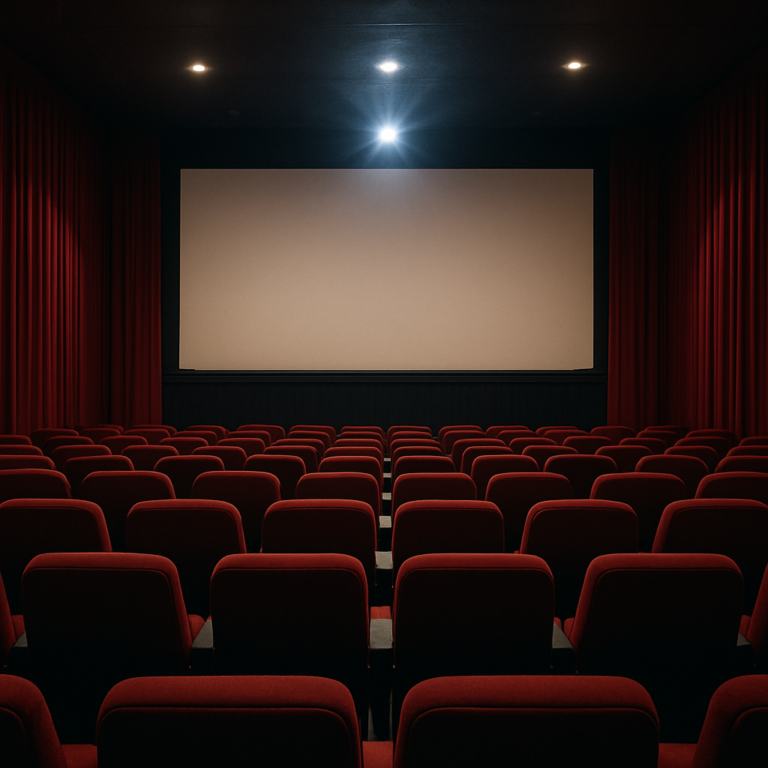Animation has come a long way since its humble beginnings in the early 1900s. From hand-drawn sketches to advanced computer-generated graphics, animation techniques have evolved tremendously over the years. This evolution has not only transformed the way animations are created and viewed but has also opened up a whole new world of possibilities for storytellers and artists.
The first known instance of animation dates back to the late 1800s when French inventor Emile Reynaud created the Praxinoscope, a device that projected hand-painted images onto a screen. However, it was not until the early 1900s that animation began to take shape as we know it today.
The earliest form of animation was hand-drawn, frame-by-frame animation. This involved drawing each frame of the animation by hand, which was an incredibly time-consuming process. This technique was used in the creation of the first-ever animated feature film, “Snow White and the Seven Dwarfs” in 1937. The film required over 250,000 hand-drawn frames, and it took a team of animators three years to complete.
From hand-drawn animation, the industry then moved on to cel animation in the 1920s. Cel animation involved creating characters and backgrounds on separate transparent sheets, which were then layered on top of each other to create the final image. This technique streamlined the animation process and allowed for more fluid movements and detailed backgrounds.
In the 1930s, Walt Disney Studios revolutionized animation with the introduction of the multiplane camera. This device allowed for a more realistic depiction of depth and movement by enabling animators to create layers within a scene. This technique was used in films such as “Pinocchio” and “Bambi,” giving these animated worlds a more immersive and visually stunning quality.
The 1950s saw the rise of stop-motion animation, where physical objects are manipulated and photographed one frame at a time to create the illusion of movement. This technique was used in films such as “King Kong” and “Jason and the Argonauts,” where models and puppets were meticulously crafted and brought to life on screen.
In the 1980s, computer-generated imagery (CGI) started to make its mark in the animation industry. The first fully computer-animated film, “Toy Story,” was released in 1995 by Pixar Animation Studios, setting a new standard for animation. This technique allowed for more realistic movements, textures, and lighting in animations, as well as the ability to create entire worlds and characters from scratch.
As technology continued to advance, motion capture technology was introduced in the late 1990s, which involved capturing the movements of real-life actors and translating them into animated characters. This technique was used in films such as “The Polar Express” and “Avatar,” blurring the line between live-action and animation.
Today, animation techniques have evolved to such an extent that it is almost impossible to differentiate between what is real and what is computer-generated. The use of 3D animation has become prevalent in films, TV shows, video games, and even advertisements. This technique allows for more sophisticated and complex animations, making it possible to create lifelike characters and environments.
Furthermore, advancements in software and technology have made animation more accessible to a wider audience. With the rise of social media platforms like Youtube, Instagram, and TikTok, anyone with a creative mind and a basic understanding of animation can create and share their own animated content.
The evolution of animation techniques has also had a significant impact on the way stories are told. Animation has gone beyond traditional children’s cartoons to explore more mature themes and appeal to wider audiences. For instance, Studio Ghibli’s films such as “Spirited Away” and “Princess Mononoke” have gained a cult following due to their thought-provoking storylines and stunning animation.
In conclusion, animation techniques have come a long way since its inception in the early 1900s. From hand-drawn sketches to sophisticated computer-generated graphics, animation has evolved into a powerful form of storytelling and entertainment. With technology continuing to advance, we can only imagine what the future holds for the world of animation.

